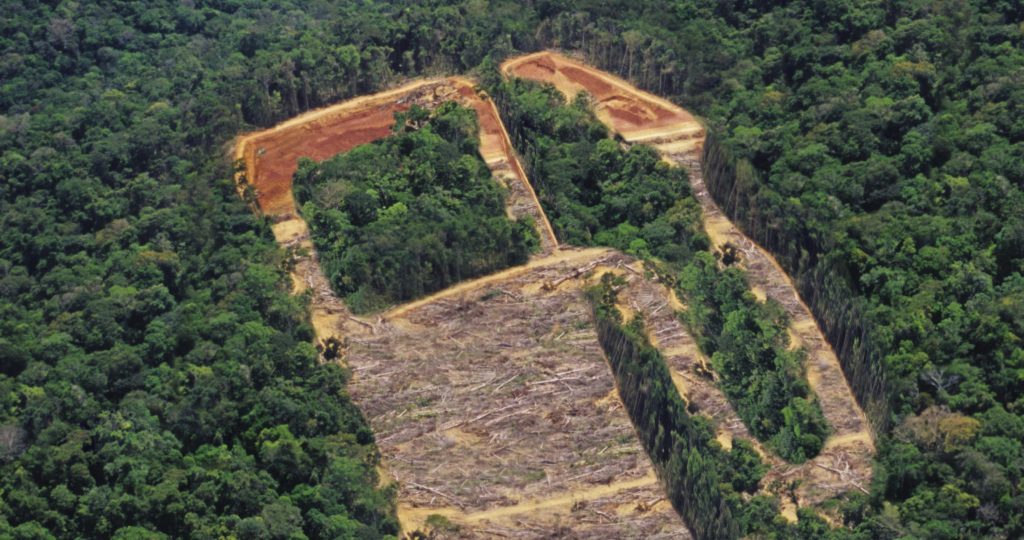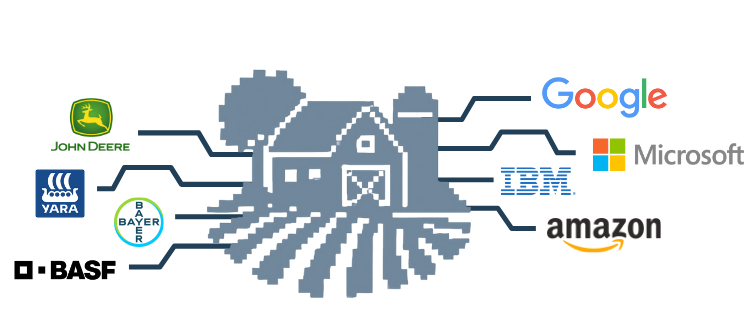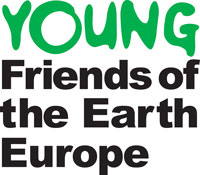Brussels, November 17, 2011 – Increasing the use of biofuels in Europe will have devastating impacts on wildlife a new scientific assessment has shown. [1]
The report by the European Commission’s Joint Research Centre (JRC) estimates that 85 percent of biodiversity will be damaged across 17,000 square kilometres of natural habitats that risks being converted to farmland as a result of EU biofuel targets. None of this will be protected under current EU legislation for biofuels.
After continual controversy and delay, EU chiefs are on the verge of deciding how to deal with the greenhouse gas emissions associated with ‘indirect land use change’ from expanding biofuels. EU officials will tomorrow (Friday November 18) present their assessment of scientific studies, which have consistently shown that the negative impacts on global land use and the climate could reverse any benefits of biofuels. [2] Friends of the Earth Europe is calling for an urgent rethink of EU biofuel policy and an end to subsidies.
The EU has committed to halting biodiversity loss by 2020 [3] – yet without reform, it’s biofuels policy will seriously undermine this commitment.
Commenting on the research, Robbie Blake, biofuels campaigner for Friends of the Earth Europe, said: “Biofuels, once thought of as a solution, are pushing up food prices around the world, they’re making climate change worse, and it is now clear they could wipe out wildlife.
“Continuing to expand biofuels for Europe’s cars is going to have a devastating impact on the biodiversity which is the very basis of our existence and is already disappearing at an alarming rate.
“The pressure is on the European Commission to decide once and for all how to stop the damage caused by biofuels. It must face up to the facts that biofuels are a disaster for the climate, communities and wildlife.”
The JRC research indicates that habitats in Brazil, Sub-Saharan Africa and the Commonwealth of Independent States (CIS – the former USSR countries) will be hardest hit: “The extensive use of bioenergy crops will increase the rate in loss of biodiversity,” the JRC concludes.
One such area, Brazil’s Cerrado – the most biodiverse savanna in the world – is already under pressure from expanding agriculture, with 54 species “red-listed” as endangered, including the Brazilian Big-eyed Bat, Giant Anteater, Pampas Cat and Maned Wolf. [4]
***
Notes:
[1] JRC November 2011 http://re.jrc.ec.europa.eu/bf-tp/download/Technical_Note_EU24817.pdf, page 31-32.
[2] http://trade.ec.europa.eu/doclib/docs/2011/october/tradoc_148289.pdf
http://re.jrc.ec.europa.eu/bf-tp/download/EU_report_24816.pdf
[3] Heads of State agreed last year to step up efforts to avert global biodiversity loss by 2020 with a new EU biodiversity strategy.
[4] http://www.biodiversityhotspots.org/xp/hotspots/cerrado/pages/biodiversity.aspx







